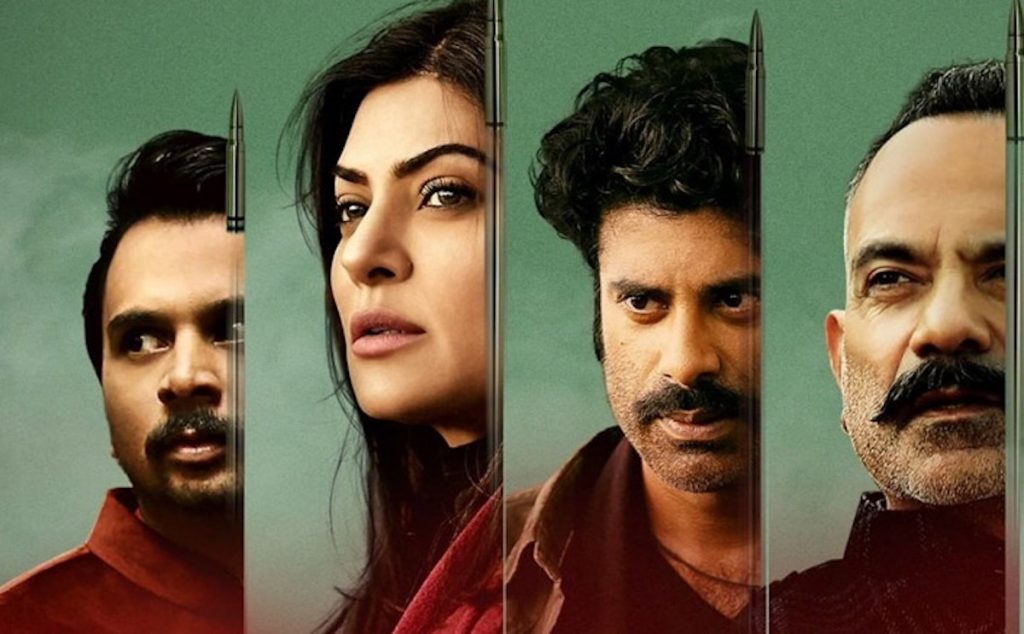TBI Tech & Analysis: What Disney+ Hotstar’s Indonesia success tells us about global streaming

Disney+ Hotstar original Aarya
Disney+ Hotstar has stormed into Indonesia with incredible success since launching last year, while other global operators such as Netflix and Amazon Prime continue to struggle. Omdia’s Rob Gallagher explores how the streamer has taken the top spot.
“Succeeded where Netflix and Amazon have failed.”
You don’t hear those words often in the online video business, but that’s what Disney+ Hotstar has achieved in the super-hot Indonesian market, according to my colleagues Kia Ling Teoh and Jun Wen Woo’s Online Video Strategies – South-Eastern Asia report for Omdia. The reasons for Disney’s success speak volumes about the future of premium media—and not just in Indonesia.
Despite launching only last September, Omdia forecasts that Disney+ Hotstar Indonesia will have a market-leading 27% share of subscriptions by the end of 2021.
By then, we expect Netflix’s share to be just 6%, behind regional specialists Viu, iflix, and Vidio and Amazon Prime Video’s less than 1%.
Persuading people to pay
The secret of Disney’s success? Ensuring Indonesians cannot only afford its services but also pay for them. With over 170 million internet users, Indonesia is a highly attractive market to digital media providers. But it’s also a highly challenging one.
Netflix entered the market in January 2016 but found its ambitions throttled after the incumbent telecoms operator Telkomsel banned the service from its network less than a month later. Although Netflix was available via other mobile and home broadband networks until Telkomsel lifted the ban in April 2021, this limitation goes some way towards explaining the US streaming giant’s low market share.

Disney+ Hotstar original City Of Dreams
But all premium media providers in Indonesia face an even greater challenge: getting people to pay. GDP per capita in the country is nearly 15 times lower than in the US, and average revenue per mobile telecoms user is nearly 12 times lower at $2.56 per month.
Only 37% of the population hold a credit or debit card, and appetite for subscriptions appears low with postpaid services accounting for less than 4% of mobile connections.
Disney has overcome these obstacles partly through pricing. A standalone subscription to its service costs Rp39,000 ($2.80) per month or Rp199,000 ($14.20) per year, a fraction of the standard price for Disney+ in western markets and undercutting Netflix’s Rp54,000 ($3.86) mobile only monthly plan.
Wallet wonder
The US media giant has also innovated with payment methods. From launch, Disney+ Hotstar has been available as part of a mobile data bundle from incumbent telco Telkomsel, priced from just Rp20,000 ($1.39) per month to a one-year subscription from Rp139,000 ($9.63).
To get around low credit and debit card penetration, consumers can also pay for Disney’s service via popular local wallets such as OVO and DOKU, online banking and ATM transfer, and local convenience stores Alfamart and Indomaret.
Omdia estimates that mobile payments, prepaid cards, and the ability to charge fees to mobile phone bills (known as direct carrier billing) take the number of people in Indonesia able to pay for premium media to nearly 200 million, or double the number with credit or debit cards.

Disney+ Hotstar original Hundred
Similar dynamics exist in other major developing markets, many of which have already overtaken their developed market counterparts in terms of internet adoption.
Developing markets account for over three in four of the world’s online population, according to Omdia, and so offer a major growth opportunity for premium media providers.
Low pricing has always been key to online video’s growth, playing a major role in subscriptions passing 1 billion last year, largely because of uptake in developed markets. And it almost goes without saying that high quality local content will be essential everywhere.
Disney+ Hotstar’s example in Indonesia shows that opening up ways to pay will also be critical to expanding subscription online video’s horizons.
Rob Gallagher is research VP for media & entertainment at Omdia, which like TBI is part of Informa. This article first appeared in Omdia’s monthly publication, Media & Tech Digest, available here.



